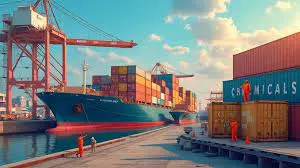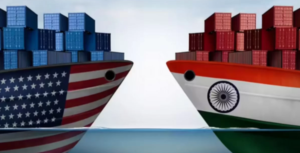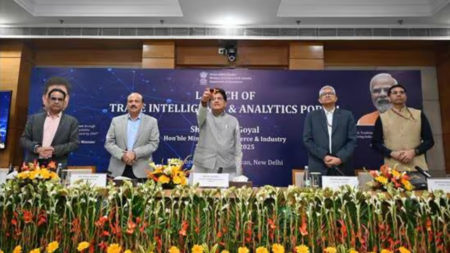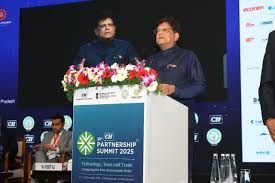NITI Aayog eyes doubling chemical exports by 2030 through incentives, cluster upgrades, and port reforms.

In a major policy push to transform India into a global chemical export powerhouse, NITI Aayog has laid out a detailed roadmap to nearly double the country’s chemical exports by 2030. The proposal comes amid growing concerns over India’s modest 3.5% share in global value chains (GVCs), compared to China’s commanding 23%.
In its latest report, the government’s top think tank flagged a $31 billion trade deficit in chemicals for 2023 and pointed to weak local demand as a key bottleneck to the sector’s faster growth. India’s domestic chemical market, currently valued at $220 billion, is being targeted to scale up to $1 trillion by 2040.
To address these challenges, NITI Aayog has recommended a multi-pronged strategy, which includes:
- A sales-linked incentive scheme as an operational subsidy to reduce import dependence and promote exports;
- Upgrades to existing chemical clusters like Dahej, Paradeep, and Vizag, where infrastructure and execution hurdles persist;
- A nationwide review of choke points in the chemical supply chain, particularly those that make India vulnerable to global disruptions.
The incentive scheme would cover a wide range of sectors, including agrochemical and pharma intermediates, dyes and pigments, battery chemicals, and petrochemicals, enabling expansion and localisation of critical production.
NITI Aayog Member Dr. Arvind Virmani emphasised the importance of identifying strategic weak points in the supply chain. “China did this in 2018. We must identify choke points from our perspective, particularly for critical chemical inputs and minerals,” he said.
The report also underscores the need to modernise port infrastructure, calling for a dedicated Chemical Committee to plug logistics gaps in India’s port-based trade. It proposes developing eight high-potential chemical clusters linked to 26 ports; 14 major and 12 minor, across the country.
While India’s chemical sector has maintained a stable 6% annual growth over the past three decades, experts say it hasn’t mirrored the success of the pharmaceutical industry. The new roadmap aims to correct that by shifting focus from bulk chemicals to high-margin speciality chemicals, which are seeing rising global demand.
If executed well, the policy shift could help India raise its exports by $35–40 billion by 2030 and carve a stronger space in the global chemical supply chain.
Source: ET











